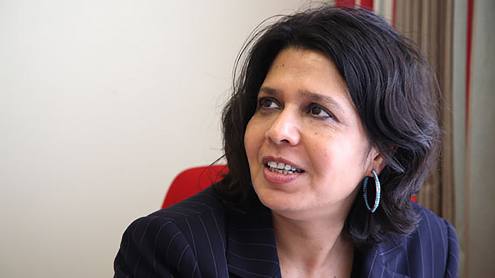Trust, brand and money are different things. For some years there has been a lot of discussion about which brands consumers trust for banking. Rather than banks, protagonists assert Apple could win, as it is the number one brand with the millennial generation. But it could just as easily be a Wal-Mart, Virgin or Google.
For some years, I’ve joined in with these discussions, but I’m not going to anymore. This is because brand and trust in banking is confused and is often used the wrong way. We talk about trust in brands, based on consumer views of the world. The world’s most trusted brands are the likes of Apple, sure, but it is not a bank.
Equally, banks talk about the one thing they have at their heart – trust. But banks do not mean trust in the sense of brand. This is where it gets confusing in terms of how we define trust. Trust in banks is not the same as trust in brands. Trust in brands is related to the affinity we have with those brands as consumers.
Stores of value
The world’s best-loved brands are so because they have gained some form of iconic desirable status with consumers. Nike, Porsche, Louis Vuitton, Coca-Cola, McDonald’s are all great brands but can they be trusted as stores of value? Not in the same way as banks. It is important not to equate trust in monetary store with a trust in brand.
Banks are not trusted as brands – in the latest lists of top brands with millennials you won’t see a bank on the list – but they are trusted stores of value.
It is this latter point that banks focus on. Their sense of trust is not with their brand, but with their state-backed guarantee that they won’t lose your money. Banks are guaranteed to keep your money safe. No trusted brand has that guarantee.
If your iTunes or iCloud account is compromised, Apple’s only sense of shame is a reputational hit on your trust in their brand. It has no duty to compensate you for your loss of reputation or value.
Fundamental chasm
And this is where the fundamental chasm lies in the arguments about consumers running away and trusting non-banks with their money. Consumers may love non-bank brands but as they grow up, they become increasingly aware of monetary flows and start to care about their value stores’ trustworthiness, in terms of their guarantees as safe deposit stores.
A colleague was recently encouraged to bring his teenage children to a bank conference. When they arrived, the teenagers were invited on stage to discuss banks and bank brands. Unsurprisingly, none of the children knew anything about banks. “Do you not remember that one of the banks has a brand with a black horse?” they were quizzed. “No idea,” they replied. That is because, for most youngsters, banks are irrelevant.
Banks become relevant when you get a job, as most employers pay salaries directly into a bank account, but that still does not fully define the value of a bank.
A bank only really comes into its own trusted space when you need to save or invest, when you lose money, when a payment goes wrong, when you need a loan, when you need to reverse a transaction, to challenge a charge or to find a way to leverage credit. That’s where banks are trusted, as state-guaranteed, licensed institutions.
So it is not the bank brands we trust, but their guaranteed status as stores of value. Show me a trusted brand that has such a guarantee on its store of value and that is when you may find a non-bank brand truly threatening banking. But then the non-bank brand will need a bank licence to do that and, at that point, it becomes a bank anyway, so it is all the same.
Trust in a brand is not the same as trust in a bank.
Chris Skinner is an independent financial commentator and chairman of the London-based Financial Services Club.






